Naegi Toyama Memorial Museum
The museum’s galleries display a wealth of artifacts from Naegi domain. The exhibits trace the domain’s history from the Sengoku (Warring States) period (1467–1568) to the Edo period (1603–1867) with particular emphasis on the Toyama family and the 12 successive lords of the domain.
Georama of Naegi Castle
This three-dimensional georama presents Naegi Castle as it appeared around the end of the Edo period. It provides a detailed look at the various structures that once made up the large castle complex and shows how the castle was laid out, with the Kiso River to the south and the main keep at the summit of Mt. Takamori.
Kazafuki Gate
The Kazafuki Gate is the only original wooden structure of Naegi Castle that has been preserved. It stood at the entry from the castle town to the outermost enclosure (sannomaru). In the Edo period, the daimyo lords were required by the Tokugawa shogunate to maintain a residence in Edo (now Tokyo), where they had to live every other year and wait upon the shogun. The Kazafuki Gate was kept open when the daimyo was residing in Naegi but was closed when he was staying in Edo.
Handwritten Letters from Tokugawa Hidetada
Two letters from second shogun Tokugawa Hidetada (1579–1632) addressed to Toyama Tomomasa have been preserved. The first letter thanks Tomomasa for a box of dried chestnuts, a local sweet called kachi-guri. The character for kachi refers to the chestnuts having had their shells removed, but is a homonym for the word “winning” in Japanese. They were often presented as gifts in times of war or as good-luck talismans that would lead to victory in battle. The letters were received around the time of the Battle of Sekigahara in 1600, when the army led by Tokugawa Ieyasu (1543−1616) defeated that of Ishida Mitsunari (1560–1600), paving the way for establishment of the Tokugawa shogunate. The second letter thanks Tomomasa for a gift of summer robes.
Diary of a Daimyo Lord
The diary of the 12th Naegi lord, Toyama Tomoyoshi, provides a detailed account of the daily life of a daimyo lord during the Edo period. The entries show how thoroughly the lord’s daily life was regulated by various customs and duties.
Shooting Ranges
Within Naegi Castle, there were two shooting ranges to practice archery and riflery. One was in the ninomaru (second enclosure), and one was in the honmaru (main enclosure). The shooting range in the ninomaru was about 30 meters long and 15 meters wide. The area was also used for practicing swordsmanship, spear handling, and marksmanship.
Drawing of Naegi Castle
This large-scale drawing of the castle was commissioned by Toyama Tomoyoshi in 1857. It is valuable for preserving the appearance of Naegi Castle in the late Edo period.
Samurai Salaries
This panel describes the 323 retainers of Naegi domain in 1722. The retainers ranged in rank from chief councilor to foot soldier. The lord paid his retainers stipends twice a year; the amount depended on their status.
Taxes on the Farmers
This ledger documents the annual taxes paid by farmers in Naegi domain. The tax rate varied according to village productivity. Villages with lower yields were taxed at 15 percent and those with higher yields were taxed at 58 percent. The average rate was about 29 percent.
A Period of Upheaval
The collapse of the Tokugawa shogunate was followed by a period of upheaval in Naegi domain. The new Meiji government instituted reforms that abolished the existing system of domains. The issuance of the order to separate Shinto and Buddhist practice led, in Naegi domain, to a quite aggressive anti-Buddhist movement.
Naegi Domain and the Abolition of Buddhism
In 1870, Naegi domain implemented a policy of destroying or burning Buddhist temples, statues, scriptures, and artifacts within its domain. This is thought to have been due to the strong influence of the Hirata School of nativist thought (Kokugaku) in the domain. The Meiji government promoted Shinto as the state religion, and its policies inflamed anti-Buddhist sentiment across Japan. The second-floor exhibits include broken statues of the bodhisattva Jizo and other Buddhist monuments that were damaged during this period.
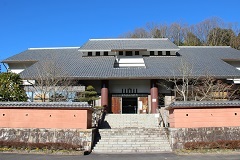
苗木遠山史料館の来館情報 Visitor Information for the Naegi Toyama Memorial Museum
The museum opened in November 1990 with the objective of acquiring and displaying materials of historical and cultural significance concerning the Toyama family, lords of Naegi domain from the Sengoku (Warring States) period (1467–1568) to the Edo period (1603–1867). It is located at the foot of the Naegi Castle site.
The museum’s exhibits on the first floor provide detailed information about the history and culture of Naegi domain and Naegi Castle. They include a georama of the castle and the frame and doors of the Kazafuki Gate, the only remaining original wooden structure of the castle.
The second-floor theme centers on Naegi domain and Buddhism. The exhibits trace changes in the perceptions and practice of Buddhism before and after the Meiji Restoration of 1868.
The museum’s collection includes armor and weapons that were used by the Toyama lords and archival materials related to Naegi Castle. About 10,000 items related to the Toyama family, Naegi domain, and Naegi Castle are in the collection.
This English-language text was created by the Japan Tourism Agency.
(この英語解説文は観光庁の地域観光資源の多言語解説整備事業で作成しました。)
この記事に関するお問い合わせ先
商工観光部観光課
電話番号:0573-66-1111(内線4272・4273)
メールによるお問い合わせ







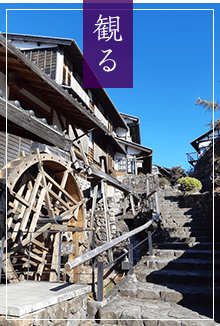
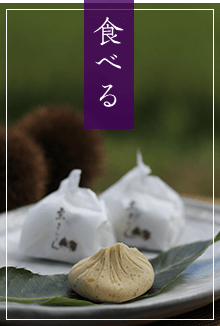
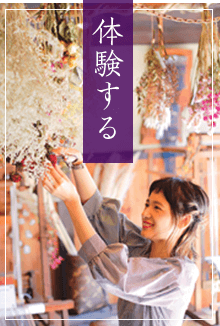
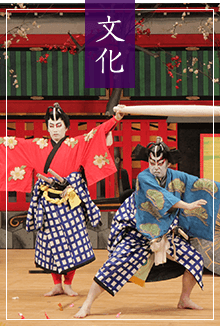
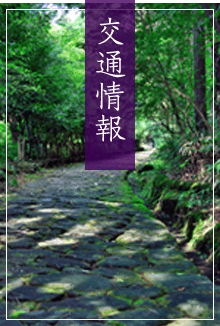
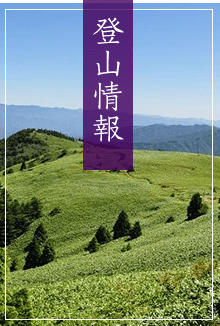
更新日:2025年03月05日